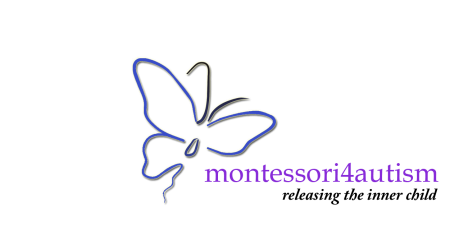IEP Shortcomings
IEP Shortcomings
In accordance with the Rehabilitation Act of 1973 and the Individuals with Disabilities Education Act (IDEA), each child with special needs has been mandated to have their own individualized educational plan (IEP). At least for ASD children, there is sadly a vast gap between the theoretical potential of an IEP and IEPs in practice within public school systems. And unfortunately, some overwhelmed parents are unaware of this reality because of hopeful deference to authority (special education administrators) or because they haven’t found time to learn about the best practices of treating ASD and to understand the intricacies of the IEP process.
The IEP, which is supposed to serve as an educational compass for special needs children, is instead often self-limiting and nonsensical, and commonly misrepresents the child’s educational potential by setting unduly low expectations. Often times, IEPs are computer-generated and formalistic. They contain an inadequately low number of educational objectives and no clear methodology to achieve them. Moreover, the IEP does not really encompass a meaningful individualized curriculum for the whole year, but rather addresses a few fragmented goals. The child is still expected to function within the general classroom curriculum, with ad hoc accommodations which just simplify or even “dumb down” the material. Mastery and further generalization of skills are generally not attained since the child with autism is expected to keep up with the pace of the general classroom.
Based on my personal experience, and input from many other parents, IEPs generally do not target the fundamental cognitive, communicative, behavioral, sensory integrative, and social deficits of autism that need to be thoroughly addressed before the child can access the general curriculum. Neither do IPEs tend to take into account characteristic strengths of this population. Often remaining unaddressed are the strategies for data collection, as well as criteria and timelines for evaluation of performance. Criteria for attainment of goals are often set arbitrarily and in many cases too low (50%-60% rate of correct response), which is a “hit-or-miss” for a child with ASDavid
In blatant violation of federal regulations, the IEP is often compiled with limited parental input and frequent disregard for independent evaluations and opinions obtained by parents with their own financial resources.
It is highly misleading that the number of service hours identified in the IEP is often equated with the quality of education. In reality, supplementary services such as applied behavioral services (ABA), speech therapy, and occupational therapy often mean disruptive pull-outs, uncoordinated studies, and poor content. Whereas a typical child is capable of integrating information acquired at different times and from different sources, children with autism require a meticulously crafted, incremental curriculum with a strong generalization element. However, the findings of neuropsychological reports are often intentionally disregarded by the educators, resulting in a gap between what a report recommends and what education is provided.
 Most importantly, children with ASD are simply not allowed sufficient time to follow their own individual path in learning. They are often forced to move on to the next subject to keep up with the class, while not being granted enough time to complete or master the prerequisites.
Most importantly, children with ASD are simply not allowed sufficient time to follow their own individual path in learning. They are often forced to move on to the next subject to keep up with the class, while not being granted enough time to complete or master the prerequisites.
Common IEP Shortcomings:
- Sets low expectations and misrepresents the child’s educational potential
- Does not target the fundamental cognitive, communicative, behavioral, sensory integrative, and social deficits of ASD students
- Does not capitalize on characteristic strengths of this population
- Contains low number of educational objectives and no clear methodology to achieve them
- Does not encompass a meaningful individualized annual curriculum
- Poorly addresses data collection, as well as criteria and timelines for performance evaluation
- Sets arbitrary criteria for skill mastery
- Disregards parental input, as well as evaluations and recommendations of independent experts in the field of autism
- Offers inadequate and disjointed supplementary services
